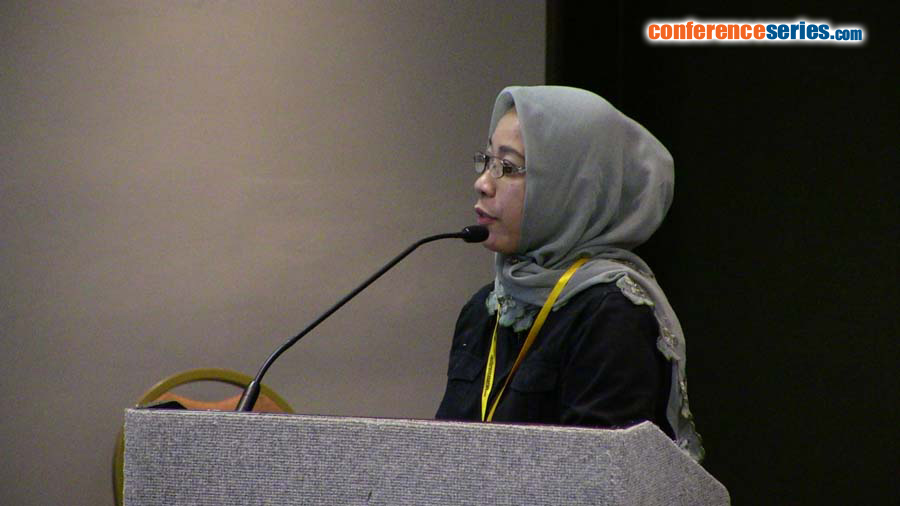Purwati Armand
Universitas Airlangga, Indonesia
Title: The role of haematopoetic stem cells (HSCs) and mesenchymal stem cells (MSCs) as a treatment in severe sepsis
Biography
Biography: Purwati Armand
Abstract
Infectious diseases still remains a health problem in both developing and developed countries. Based on epidemiological studies that have been conducted, sepsis is known as a major health problem, because it is still the leading cause of death in critical cases in the world. Dr. Soetomo Hospital reported that 32.18% new visitors are infected (Health Status Profile of East Java Province). In a research done at Dr. Moewardi Hospital in 1997, about 130 (97%) from 135 sepsis patients died, while at the Internal Medicine Dr. Moewardi Hospital in 2004, it was 74 (83.1%) patients. Armstrong and Pinner (1999) reported that recently in USA, there is an increase in the proportion of patients hospitalized for infection and mortality rate of infectious diseases. Three indicators that show an increase in the burden of infection are high mortality in infectious diseases, the proportion of infectious diseases hospitalization, and the number of ambulatory patients with infectious diseases. The most sepsis causes are derived from a toxin balk stimulation of gram-negative endotoxin or gram-positive exotoxin. Endotoxin can directly cause sepsis by the Lipo Poly Saccharide (LPS) and along with antibodies in the patient's blood serum form LPSab (Lipo Poly Saccharide antibody). LPSab in blood through the receptor CD14+ will react with macrophages. Makropfag will express Immunomodulatory IL-1, TNF-α, IL-6 and IL-8, which cause an inflammatory reaction. These reactions can only occur on gram-negative bacteria which have LPS on the walls. Stem cell therapy for sepsis includes Mesenchymal Stem Cells (MSCs) and Haematopoetic Stem Cells (HSCs), both types of stem cells as an immunomodulator in sepsis. MSCs inhibit maturation and decrease the expression of molecules presentation and co-stimulator from cells presenting antigen. MSCs also inhibit B-cell antibody production. In case of NK cells, MSCs can suppress proliferation, cytokine secretion and cytotoxicity. Furthermore, MSC does not only have the obstacles effect directly in T cells, but also affects the first critical stage of the immune response in which MSC can inhibit the differentiation and maturation of cells presenting antigen and causes dendritic cells to change the cytokine secretion profile to reduce secretion of proinflammatory cytokines such as TNF-α, IFN-γ and IL-12. The most important thing is to increase the production of IL-10, that is suppressive and tolerogenic and is a potent inducer of regulatory T cells (Treg). In addition, it has been reported that human MSC causes an increase in the proportion of Treg.



